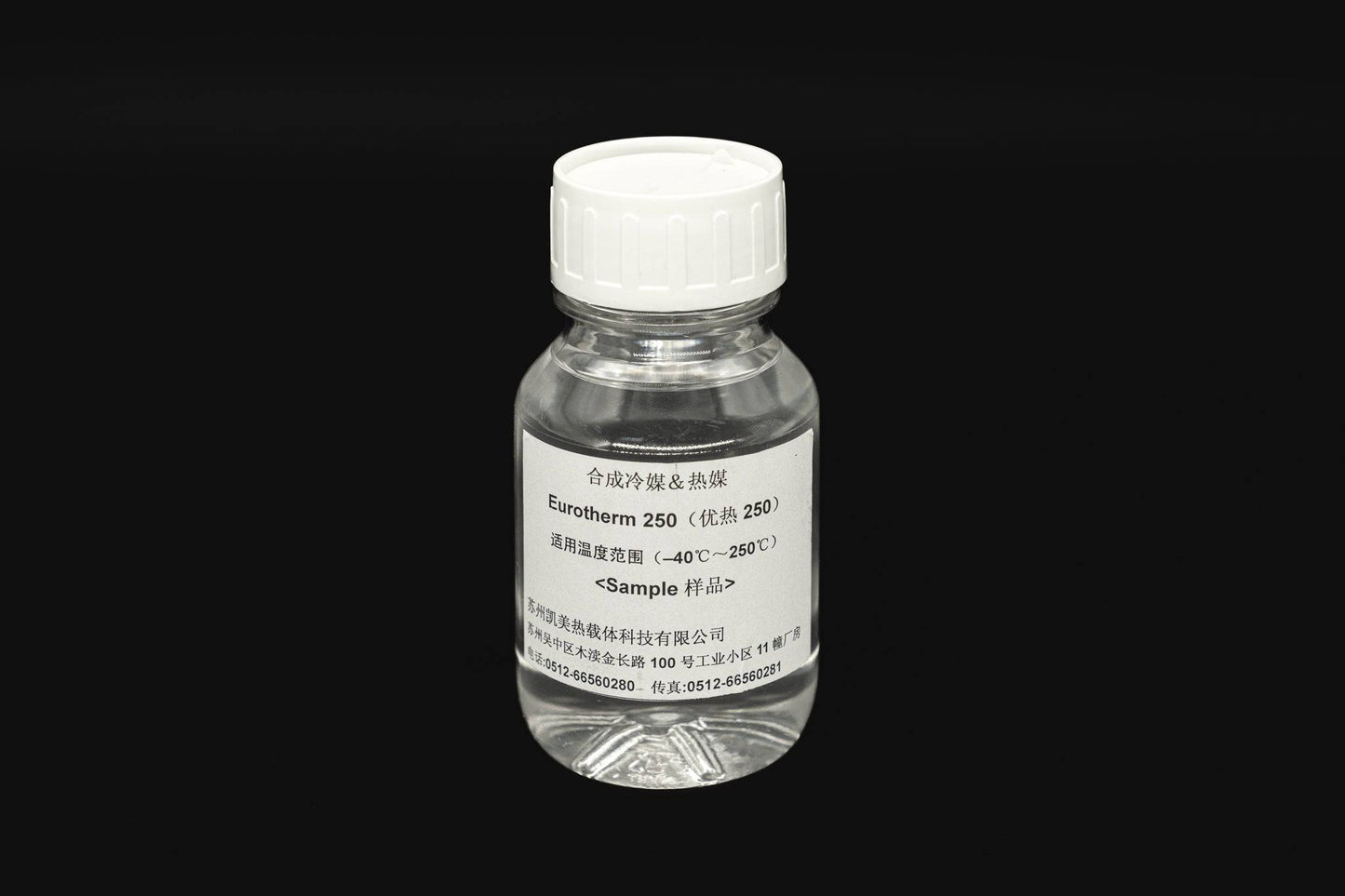4 Simple Techniques For Chemie
Table of ContentsWhat Does Chemie Mean?Things about ChemieAn Unbiased View of ChemieFacts About Chemie UncoveredGet This Report on ChemieGetting My Chemie To Work
By Bojanna Shantheyanda, Sreya Dutta, Kevin Coscia and David SchiemerDynalene, Inc. Fluid cooling, which can be accomplished using indirect or straight means, is utilized in electronic devices applications having thermal power densities that might exceed risk-free dissipation through air cooling. Indirect liquid air conditioning is where warm dissipating digital parts are physically divided from the fluid coolant, whereas in instance of straight air conditioning, the elements remain in direct contact with the coolant.In indirect air conditioning applications the electric conductivity can be vital if there are leakages and/or splilling of the fluids onto the electronics. In the indirect cooling applications where water based liquids with corrosion preventions are normally utilized, the electrical conductivity of the liquid coolant mostly depends on the ion focus in the liquid stream.
The rise in the ion focus in a closed loophole fluid stream may happen due to ion seeping from steels and nonmetal elements that the coolant liquid touches with. Throughout operation, the electrical conductivity of the fluid may increase to a degree which could be dangerous for the cooling system.
How Chemie can Save You Time, Stress, and Money.
(https://myspace.com/chemie999)They are bead like polymers that are qualified of trading ions with ions in a service that it touches with. In today work, ion leaching tests were done with various steels and polymers in both ultrapure deionized (DI) water, i.e. water which is treated to the highest levels of purity, and low electrical conductive ethylene glycol/water mix, with the gauged modification in conductivity reported gradually.
The samples were enabled to equilibrate at space temperature level for two days prior to tape-recording the initial electrical conductivity. In all examinations reported in this research fluid electrical conductivity was measured to an accuracy of 1% utilizing an Oakton CON 510/CON 6 series meter which was calibrated prior to each dimension.
Unknown Facts About Chemie
from the wall heating coils to the facility of the heater. The PTFE sample containers were put in the heating system when steady state temperatures were gotten to. The test setup was removed from the furnace every 168 hours (7 days), cooled down to room temperature level with the electric conductivity of the fluid gauged.
The electrical conductivity of the liquid example was kept an eye on for an overall of 5000 hours (208 days). Schematic of the indirect shut loophole cooling experiment set up. Elements used in the indirect closed loop cooling experiment that are in call with the liquid coolant.

7 Easy Facts About Chemie Explained
Throughout procedure the fluid storage tank temperature level was maintained at 34C. The modification in liquid electrical conductivity was checked for 136 hours. The fluid from the system was accumulated and saved. Similarly, closed loophole examination with ion exchange material was accomplished with the very same cleaning procedures employed. The preliminary electric conductivity of the 230ml UP-H2O in the system gauged 1.84 S/cm.

0.1 g of Dowex resin was contributed to 100g of fluid samples that was absorbed a different container. The mix was mixed and transform in the electric conductivity at area temperature was determined every hour. The gauged change in the electrical conductivity of the UP-H2O and EG-LC test fluids including polymer or steel when engaged for 5,000 hours at 80C is revealed Number 3.
Some Known Facts About Chemie.
Figure 3. Ion leaching experiment: Calculated modification in electric conductivity of water and EG-LC coolants containing either polymer or metal examples when immersed for 5,000 hours at 80C. The outcomes show that steels added less ions right into the liquids than plastics in both UP-H2O and EG-LC based coolants. This can be as a result of a slim steel oxide layer which might act as an obstacle to ion leaching and cationic diffusion.
Liquids including polypropylene and HDPE exhibited the lowest electrical conductivity changes. This could be because of the short, rigid, straight chains which are less likely to contribute ions than longer branched chains with weaker intermolecular pressures. Silicone also performed well in both test liquids, as polysiloxanes are generally chemically inert as a result of the high bond energy of the silicon-oxygen bond which would protect against deterioration of the product right into the fluid.
The Buzz on Chemie
It would certainly be anticipated that PVC would certainly generate similar outcomes to those of PTFE and HDPE based on the similar chemical structures of the products, nonetheless there might be other pollutants existing in the PVC, such as plasticizers, that may affect the electrical conductivity of the fluid - meg glycol. In addition, chloride teams in PVC can additionally leach into the examination liquid and can create a rise in electrical conductivity
Buna-N rubber and polyurethane revealed indications of destruction and thermal disintegration which recommends that their feasible energy as a gasket or glue material at greater temperatures might lead to application issues. Polyurethane completely degenerated right into the examination liquid by the end of 5000 hour examination. Number 4. Prior to and after pictures of metal and polymer examples immersed for 5,000 hours at 80C in the ion seeping experiment.
Calculated adjustment in the electrical conductivity of UP-H2O coolant as a feature of time with and without material cartridge in the shut indirect cooling loop experiment. The determined adjustment in electric conductivity of the UP-H2O for 136 hours with and without ion exchange resin in the loop is received Number 5.